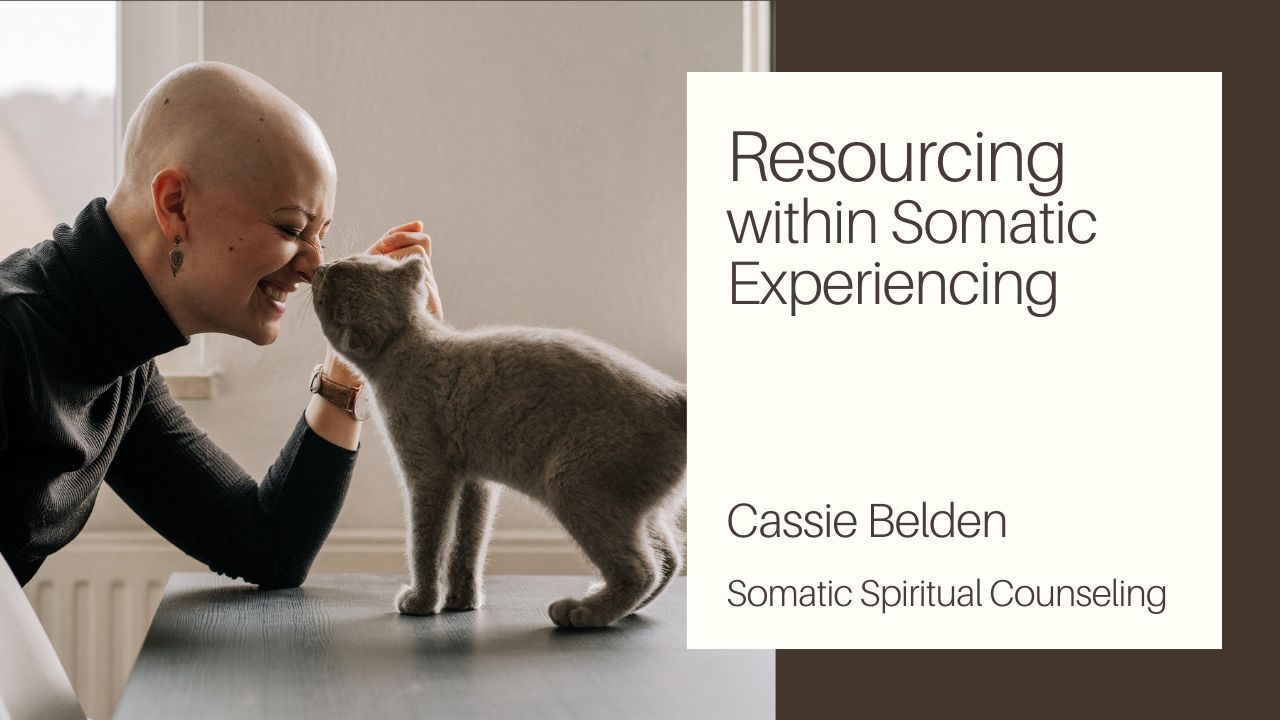We all want to make changes that last, but our biology is programmed to maintain homeostasis, and often feels threatened by emerging change. Check out the video below to learn how to smoothly incorporate real changes that last into your nervous system, your body, and your life.
VIDEO TRANSCRIPT
Hi, this is Dara del Rio with Somatic Spiritual Counseling, and today’s video I’d like to make about how to make changes that last, that stay. A lot of us come into counseling wanting to make changes. That’s kind of the point, right? There’s a desire or an awareness that we have some way of being that’s no longer serving us, and we want to move into a different way of maybe processing or handling our emotions. Perhaps we want to attract a different kind of partnership or relationship. Really anything, getting from Point A to Point B. And the question and the frustration often comes of how we can make changes that are sustainable, that really work. So, that’s what today’s video is about.
Change Signals Potential Threat to Our Biology
When we are presented with any kind of threat, any sort of biological threat, our body responds with alarm, right? There are certain physiological and psychological alarm bells that we’re programmed to sound when we feel that something about our sense of self or in our environment is being threatened. And that’s good. That’s a good thing, right? We want to feel safe in our environment. Where that part of our psychology and our physiology can become a problem is when we want to make a change, but something is so deeply rooted in the biological part of ourselves that we hold ourselves back. A good example of this is somebody who, for example, really wants to be in a certain kind of partnership or relationship, yet they keep finding themselves repeating the same patterns, attracting the same kind of people who maybe aren’t emotionally available, or they have difficulty expressing their needs. Maybe one or the other, or both parties do. And so, although we want to be different, there’s a frustration of repetition, of sameness.

And the interesting thing about making changes is that even if it’s positive, our psyche perceives any amount of change as a potential threat to be aware of, right? For example, I do a lot of traveling in my life, and every time I move locations, it takes me a few days to recalibrate and adjust to my new surroundings. And I find myself thinking, “Oh gosh, I don’t like this place as much,” or “There’s this thing wrong, or that thing wrong. I really want to go back to the old place,” even if I felt the exact same way about the old place at the beginning. And after a few days, things recalibrate as I adjust and find a new sense of stability in a new environment.
When We Slow Down, We Maximize Rate of Change
So, that’s what we’re looking at: this process of recalibration and adjusting. And when we’re working in a counseling setting, especially with somatic practices, we can really fine-tune our ability to recalibrate. And the way we do this is through a process called titration, which is just taking little bits of information and little bits of newness and change, and dropping them into our bodies, dropping them into our minds at a slow enough pace that we don’t feel overwhelmed. For example, let’s say you want to transition careers, and you have some maybe logistical blocks in your path to doing so, and maybe you have some emotional blocks about losing your sense of identity or having to reinvent yourself, having to go outside of your comfort zone. Instead of transitioning from a career all of a sudden, there are tiny little baby steps you can do to make the process really smooth and even, and just seed little intentions and water those every day. Little actions that eventually you find yourself in a new place, maybe with a new source of income and a new livelihood and profession. That’s one example.
Another example, especially for those of us that have trauma, is maybe there are certain patterns in your body that feel really stuck. Maybe you have chronic lower back pain or digestive issues, and it feels very stuck and hard to move. When working with the body in a somatic space, we’re looking at those patterns, and we’re feeling them bit by bit and allowing them to express themselves in the container of our bodies. And when we do that and we start to unravel these pieces, slowly we often find ourselves with a new experience of our own physiology, and maybe that chronic back pain is lessened or gone in six months. Maybe those tummy aches that you used to get when you eat certain foods or we’re in stressful situations now don’t come as often, or maybe you’ve learned a different way of working with them, or maybe they’re just gone.
Some things take time, and some things don’t take as much time as we think they will. I’ve had clients who have had chronic anxiety that can really be changed in just a few sessions when we really start to tune into our body and what our body is telling us. So, perhaps paradoxically, when we’re not trying to force change as much, and we’re just doing things really slowly and gently, we can often move through challenging situations, challenging internalized narratives, challenging physiological states much more quickly than we could otherwise, if we were just trying to go, go, go, and get it done.
So, that’s my two cents about the underlying principle of how we change, how we make changes last. And I’m curious to hear your experiences, if you’d like to share with me, of either being stuck or of being fluid and being able to make changes. So I’d love to hear from you, if this video speaks to you. You can reach out to us at somaticspiritualcounseling.com on our contact page to set up a time to talk or to set up a session. So, I look forward to hearing from you, and I’ll see you in the next video.
Learn more about somatic therapy here.
—————————————————————————————————————————




